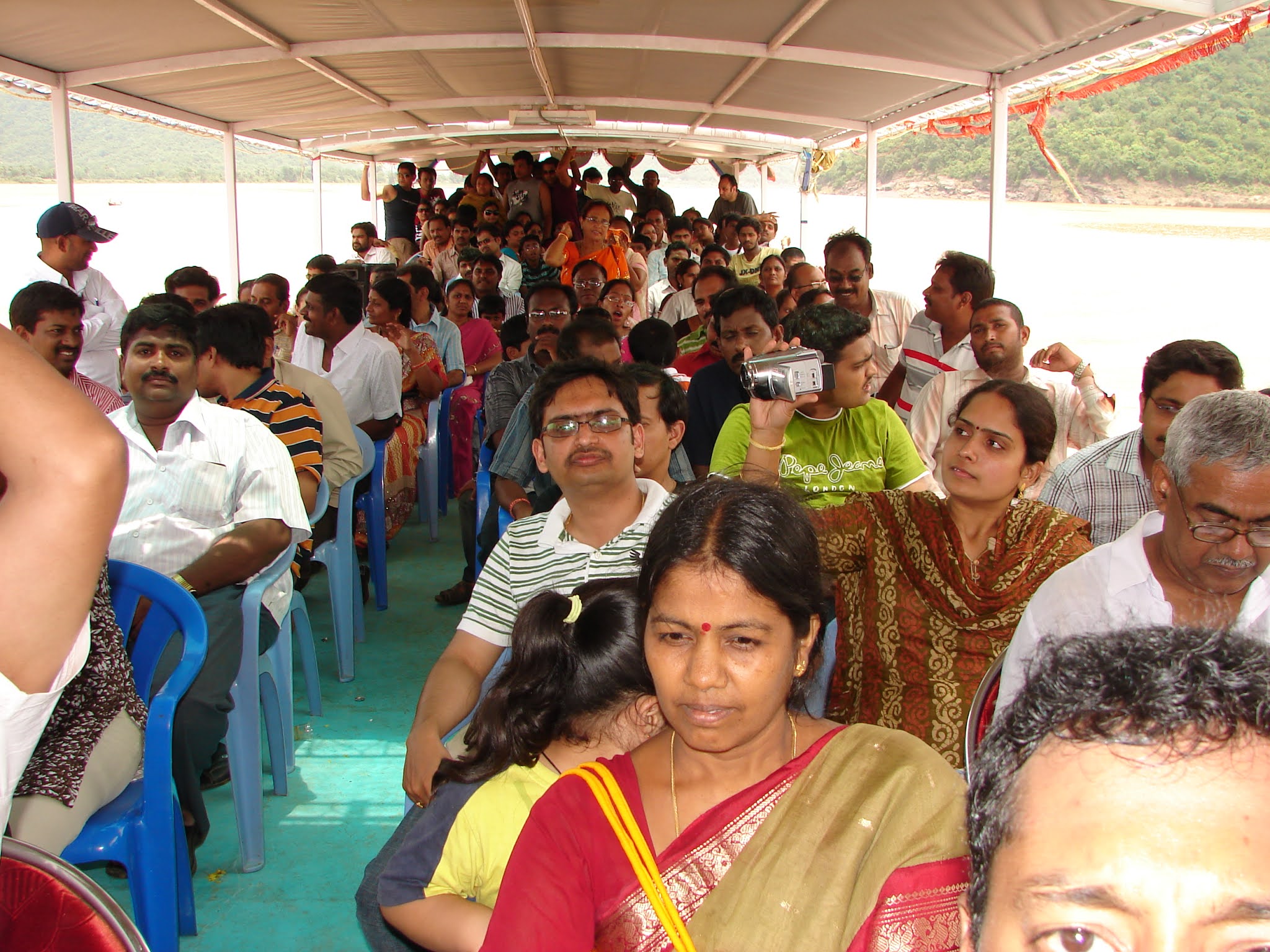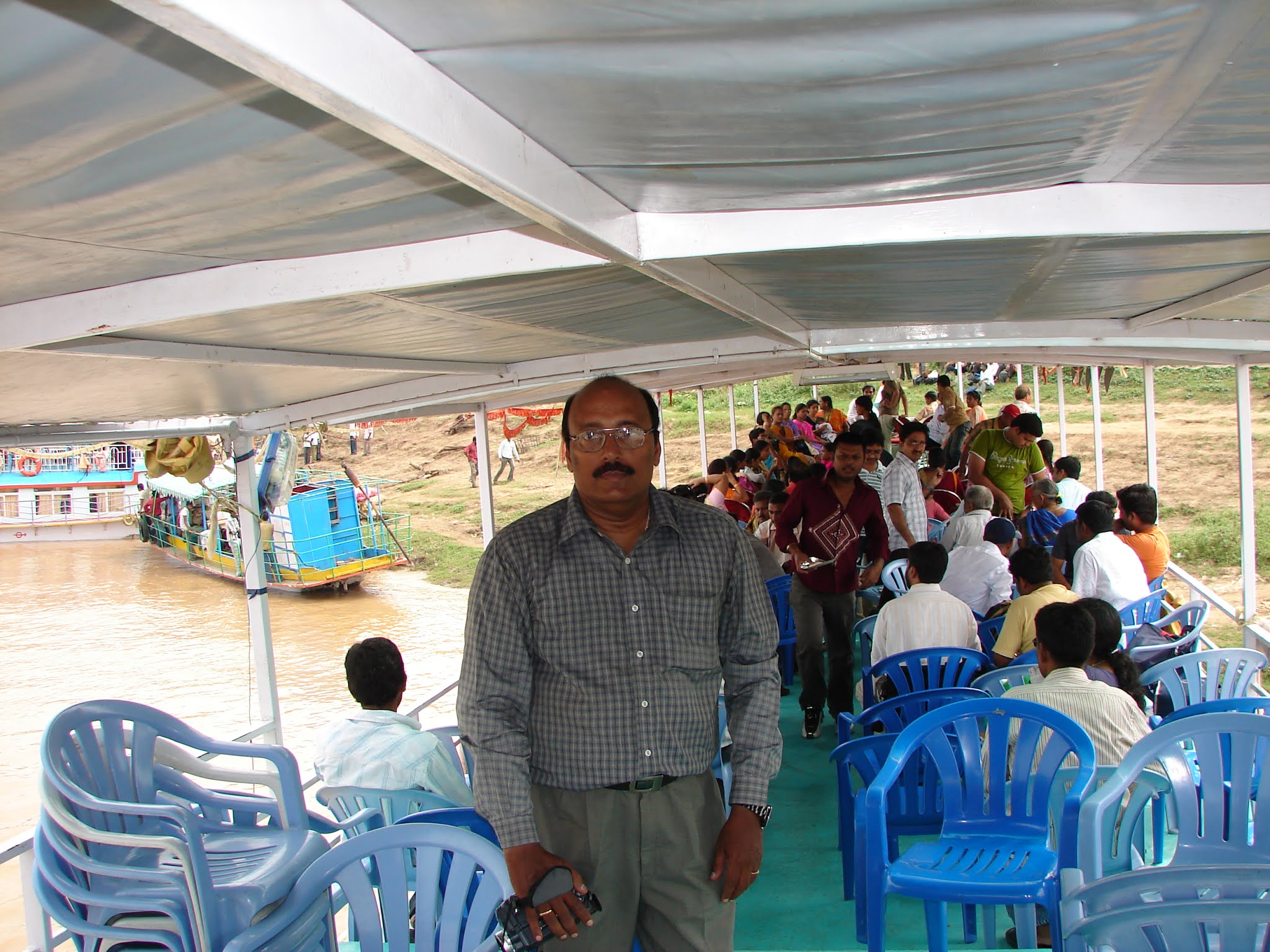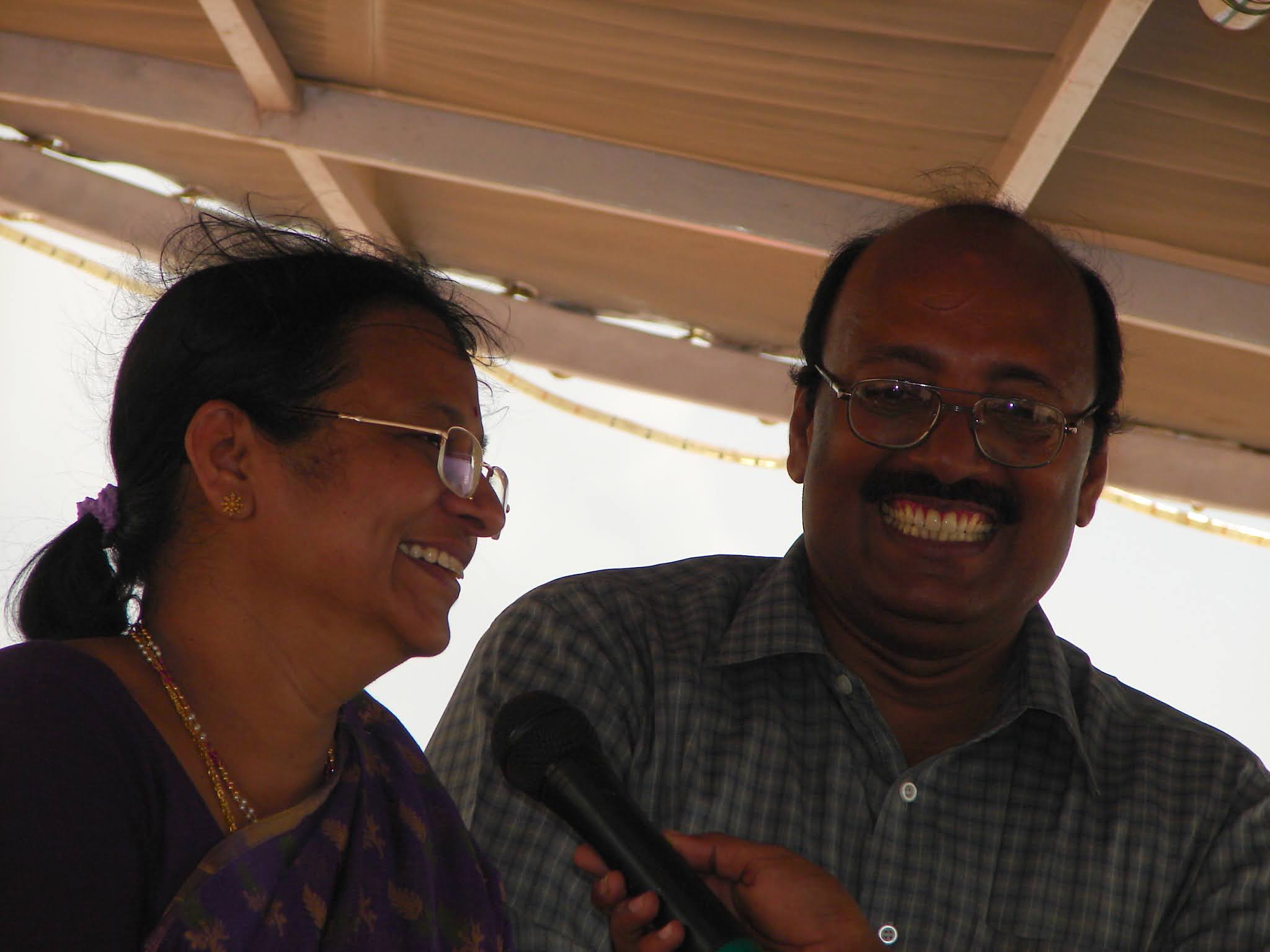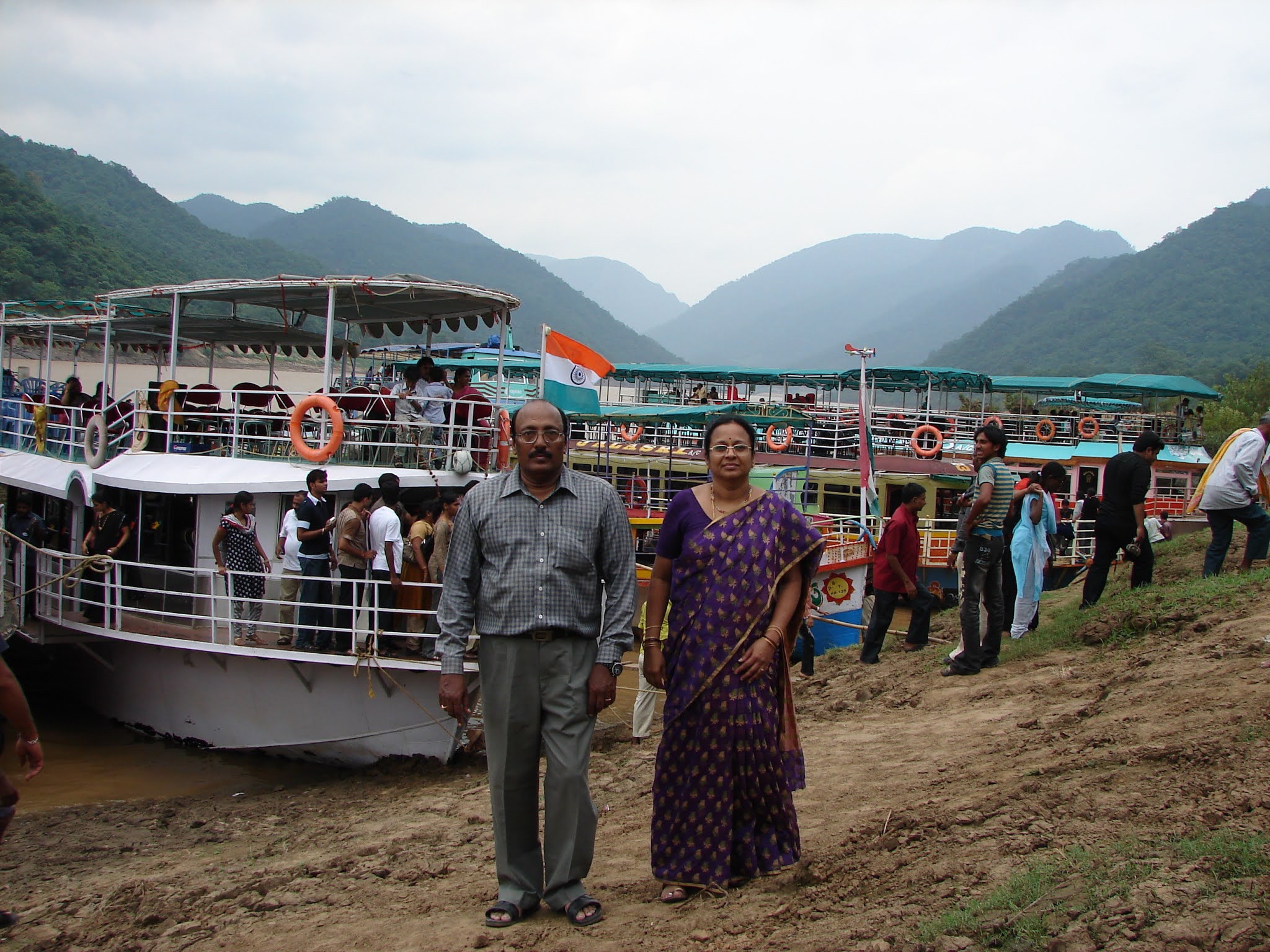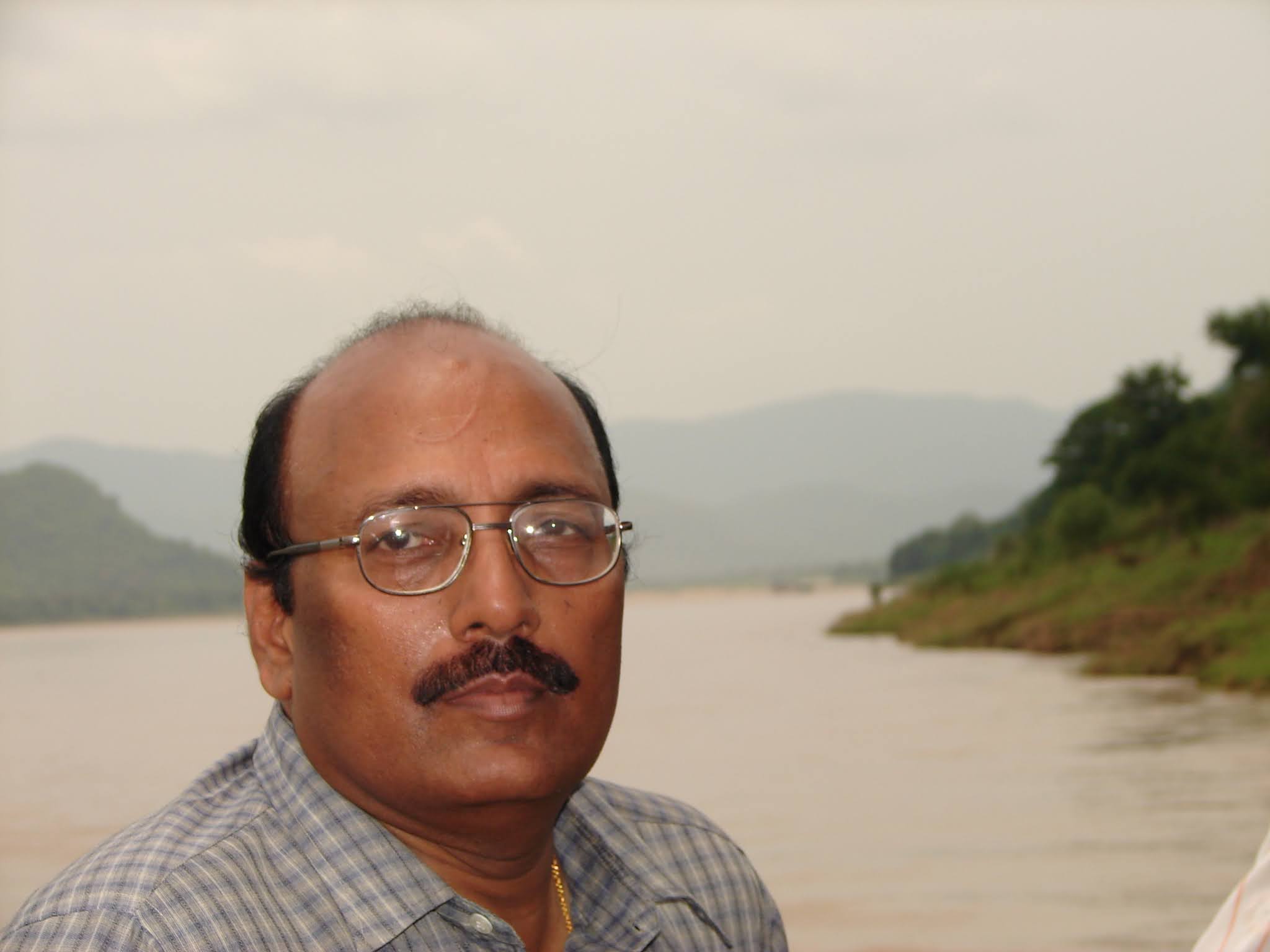The Qutb Shahi dynasty ruled the Golconda
Sultanate from 1518 AD to 1687 AD. The kingdom extended from the parts of
modern-day states of Karnataka, Andhra Pradesh and Telangana. Their capital was
initially Golconda, which is a part of present-day Hyderabad. Muhammad Ali Quli
Qutb Shah, the fifth ruler of the Qutb Shahi dynasty founded Hyderabad city and
moved his capital from Golconda to Hyderabad, during his reign from 1580 to
1612. The Charminar was constructed by him in 1591 and this landmark
construction has become known globally as a symbol of Hyderabad and is listed
among the most recognised structures in India. It has also been officially
incorporated as the emblem of Telangana State. Makkah Masjid near Charminar is
also constructed by this King.
Qutb Shahis were descendants of Qara Yusuf
from Qara Qoyunlu, a Turkoman Muslim tribe. After the collapse of Bahmani
Sultanate, the "Qutb Shahi" dynasty was established in 1518 AD by
Quli Qutb Mulk who assumed the title of "Sultan". In 1636, Shah Jahan
forced the Qutb Shahis to recognize Mughal suzerainty. The dynasty came to an
end in 1687 during the reign of its eighth Sultan Abul Hasan Qutb Shah, when
Mughal Emperor Aurangzeb seized Golconda fort and occupied the kingdom.
The Qutb Shahis were great patrons of
Persianate Shia culture, eventually, it also adopted the regional culture of
the Deccan (Telugu culture, language and the newly developed Deccani dialect of
Urdu). Although Telugu was not their mother tongue, the Golconda rulers spoke
and wrote Telugu, and patronized Telugu so exclusively that they were termed
the "Telugu Sultans". The Qutb Shahis were known for their secular
rule.
The eight sultans of the Qutb Shahi dynasty and
their periods of reign are:
1.
Quli
Qutb Shah (Sultan Quli Qutb-ul-Mulk) 1512-1543
2.
Jamsheed
(Jamsheed Quli Qutb Shah) 1543-1550
3.
Subhan
(Subhan Quli Qutb Shah) 1550-1550 (Died at the age of 7)
4.
Ibrahim
(Ibrahim Quli Qutb Shah Wali) 1550-1580
5.
Muhammad
Ali (Muhammad Quli Qutb Shah) 1580-1612
6.
Sultan
Muhammad (Sultan Muhammad Qutb Shah) 1612-1626
7.
Abdullah
(Abdullah Qutb Shah) 1626-1672
8.
Abul
Hasan (Tana Shah) 1672-1686
The Qutb Shahi Tombs are erected in the
memory of the departed kings of Golconda, they are magnificent monuments that
have withstood the test of time and nature’s vagaries. They are located one
kilometre north of Golconda Fort’s Banjara Darwaza. They are imposing marvels
of architectural excellence that stand as the reminders of the glory of
Golconda kings who are buried at the same spot. Built by the Qutb Shahis, these
tombs are considered to be among the oldest historical monuments of Hyderabad.
These tombs are present in a large group on a
raised platform. They resemble Persian, Pathan and Hindu architectural styles
that make use of grey granite, with stucco ornamentation and is a
one-of-its-kind place in the world where the whole dynasty is buried at a
single spot. They lie amidst beautifully landscaped gardens with intricately
carved stonework.
The Tombs form the most reliable evidence of
the Qutb Shahi dynasty and their architectural traditions. These are exquisite
structures where every arch, column, dome, minarets, and galleries were created
with finesse and are surrounded by landscaped gardens called Ibrahim Bagh. It
houses seven tombs dedicated to the former kings of Golconda. The tombs are
dome-like structures built on a square base. This is again surrounded by
pointed arches. Each tomb is of quadrangular shape and rises around 9 to 15
meters above the terrace. The smaller tombs constitute single stories while the
larger tombs are seen as two-storied. The domes actually constituted of blue
and green tiles, whereas only a few pieces exist now. The Qutb Shahi Tombs are
surrounded by enchanting minarets and there is a magnificent tomb with a height
of 42.5 m covered by a large dome. The tombs were furnished with chandeliers
and soft canopies on silver poles. These are the splendid mausoleums of the Golconda
Sultans. During the Qutb Shahi period, legend says that these tombs were of
great significance that even criminals taking refuge there were given a pardon.
The tombs were neglected after their reign until Salar Jung III took up their
restoration works during the early 19th century. Today it is maintained well by
the Department of Tourism with due focus on heritage preservation and
restoration. It is a popular destination in the tourist circuit of Hyderabad
and visitors coming to Golconda fort do not miss the tombs, which are marketed
as a historical destination.













































